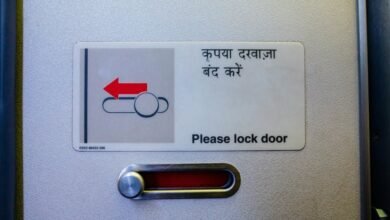Telecom Risk Management Kilo: 18888844896, 7173259001, 3412024434, 5127174871, 8597121436, 9313434484

In the ever-evolving landscape of telecommunications, risk management is akin to a sturdy lifeboat amidst stormy seas. You recognize that having critical contact numbers, like Kilo: 18888844896 and others, isn’t just a precaution; it’s a lifeline. These numbers enable rapid responses during crises, ensuring operational continuity. But how often do you assess their relevance and effectiveness? The answer may surprise you as you explore further implications for service reliability and resilience.
Understanding Telecom Risk Management
When you delve into telecom risk management, you’ll discover that it encompasses a range of strategies designed to identify, assess, and mitigate potential threats to telecommunications operations.
By conducting thorough risk assessments, you can pinpoint telecom vulnerabilities that may undermine system integrity.
Understanding these risks empowers you to implement effective safeguards, ensuring that your telecommunications framework remains robust and resilient in the face of challenges.
Importance of Critical Contact Numbers
Identifying and mitigating risks in telecommunications also involves ensuring that critical contact numbers are readily available and accessible.
Emergency contacts and customer support numbers are crucial for swift communication during crises. Without these numbers, you could face delays that escalate risks.
Strategies for Mitigating Risks
To effectively mitigate risks in telecommunications, it’s essential to adopt a proactive approach that encompasses various strategies.
Begin with thorough risk assessment to identify potential vulnerabilities.
Next, implement contingency planning to ensure quick recovery from disruptions.
Regularly review and update these strategies, adapting to evolving threats.
This way, you empower your organization to maintain operational integrity while fostering a culture of resilience.
Enhancing Service Reliability Through Risk Management
While many organizations focus on immediate threats, enhancing service reliability in telecommunications requires a comprehensive risk management approach that anticipates potential disruptions.
By conducting thorough risk assessments, you can identify vulnerabilities and implement strategies that ensure service continuity.
This proactive stance not only minimizes downtime but also empowers your organization to maintain customer trust and operational integrity in an ever-evolving landscape.
Conclusion
In today’s fast-paced telecom landscape, effective risk management is essential for operational success. With approximately 70% of telecom outages linked to human error, maintaining updated critical contact numbers, like Kilo: 18888844896 and others, becomes even more vital. By prioritizing these contacts, you not only enhance your response strategies but also bolster customer support during crises. Emphasizing risk management not only protects your infrastructure but also ensures a reliable service experience for your customers.





